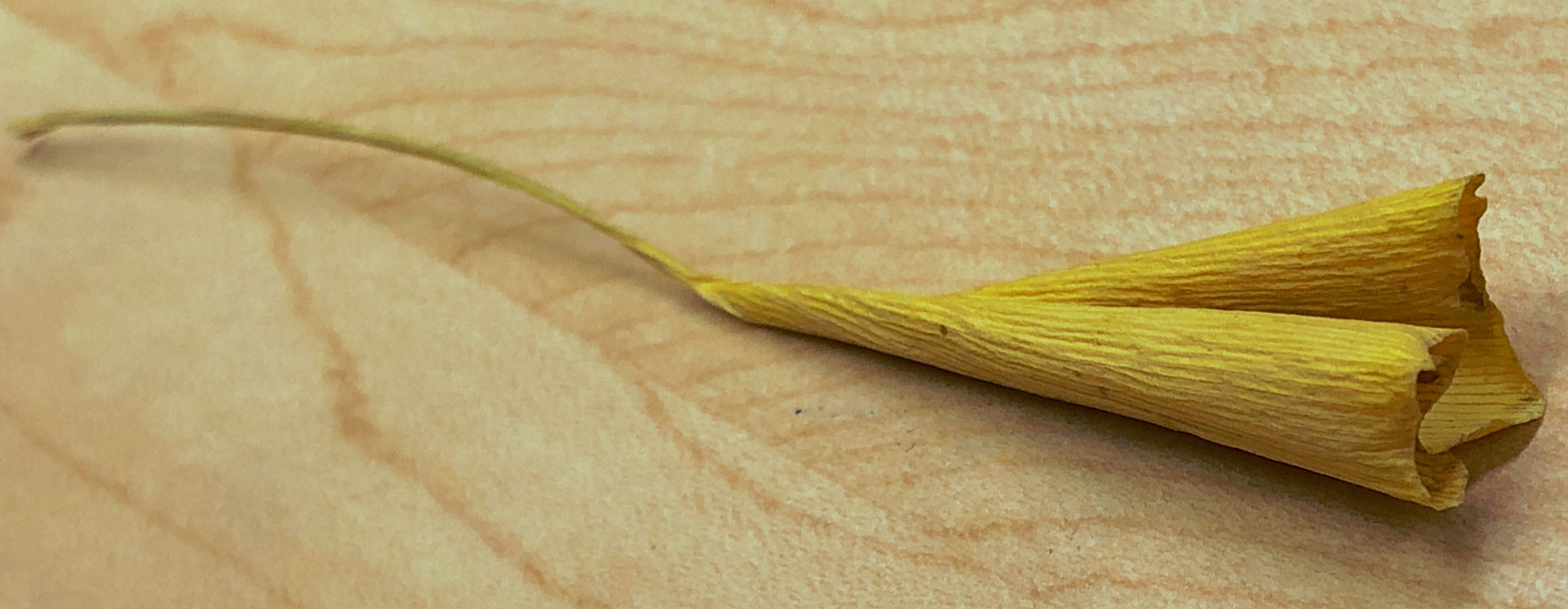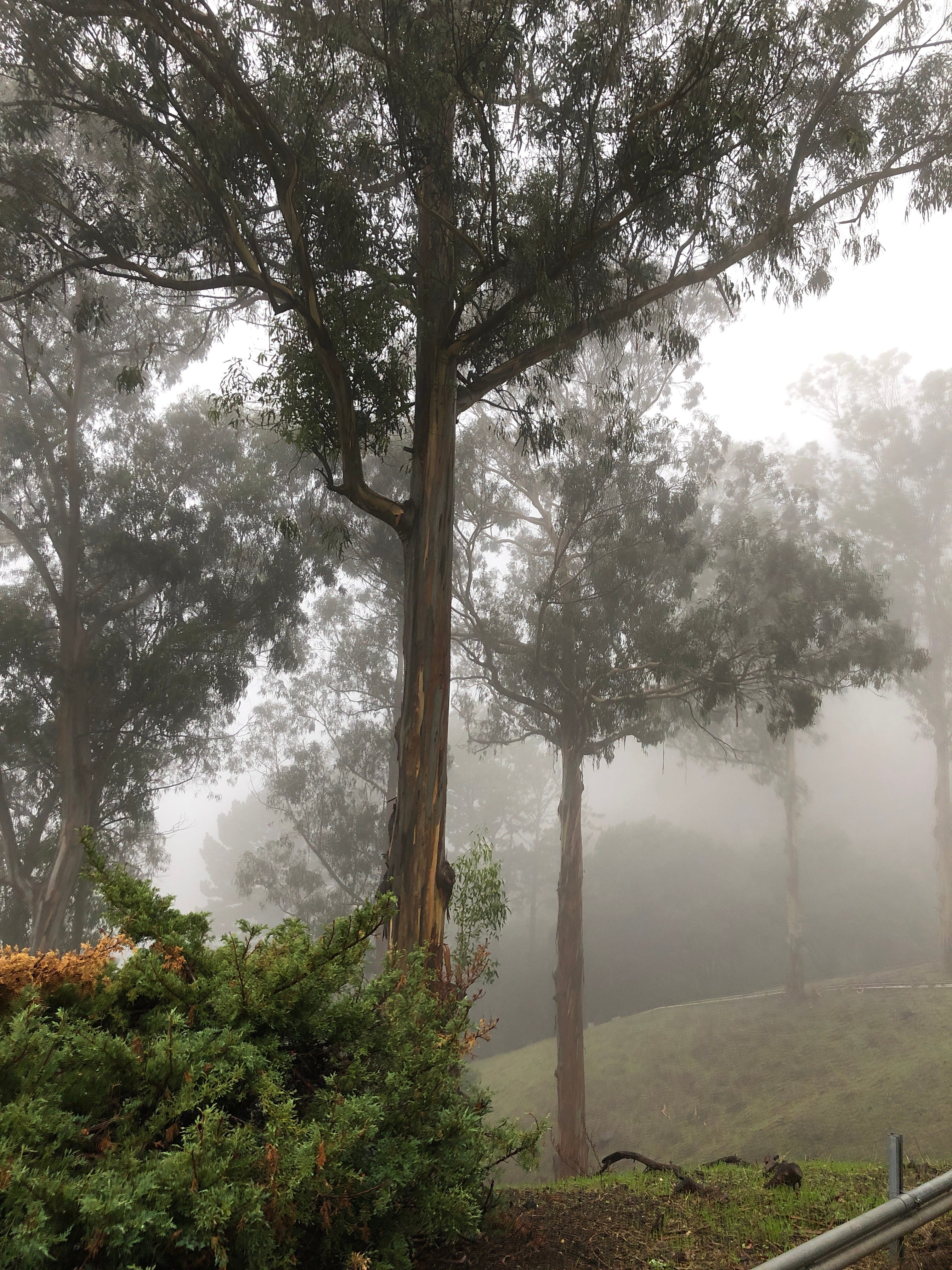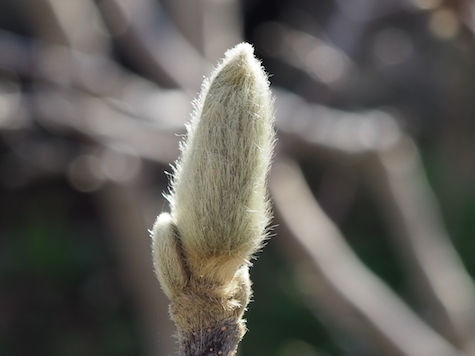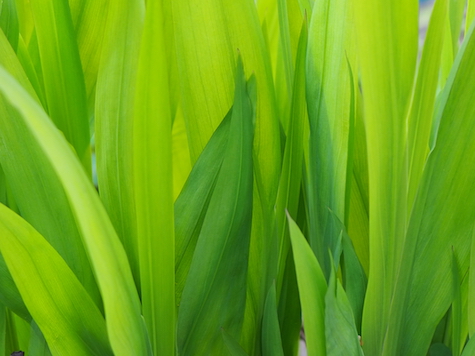Ginkgo
A Literal Metaphor
Photo by Xiaolong Wong on Unsplash
—
It’s a gray, cold winter morning. I open the front door and gale force winds push me back. I try to believe it’s a sign that I shouldn’t go to work today, that Mother Nature needs me to stay home, but even I don’t buy that story.
I turn to lock the door behind me while sideways rain pelts my back. Once the tumblers fall into place, I turn into the wind and face it head on, squinting at the horizon as fog rolls and swirls in the street. This is winter in Northern California. This is what it does. I remind myself that as a Californian I am supposed to be thankful for the rain. I am thankful in an existential way. But I am not thankful, not today.
Holding the handrail with both hands, I make my way down one, two, eight steps to street level. Slow progress, necessary due to the slick wet palm and maple leaves stacked up on each riser.
At the sidewalk I stand up straight again, and realize my car is not where I left it. Sleep addled brain has something to tell me. Wait for it. Oh right, I got home late last night and had to park well down the street. This should be fun.
The best word to describe what I do is trudge. I trudge down the block and find my car where I left it, parked in front of a neighbor’s house. The neighbor with the adorable corgi dog.
Also the neighbor with the small ginkgo tree growing on the berm between the sidewalk and the street. I’ve left my tired and faded black Jeep safely under the branches of this little tree. The wind and rain have assisted in the removal of leaves from branches and deposited them on my car.
The bright sunny yellow ginkgo leaves are a startling contrast to the dark clouds both hovering low in the sky and infused in my mood. I’ll allow that the yellow ginkgo leaves are kind of pretty. This bright pile of nature’s sunny hue against the black paint of my car is a delicious morsel of something joyful in an otherwise dull day.
The leaves are piled high, covering the roof and windshield. I’ve only recently returned from a work trip to a place where it gets really cold. The kind of cold that requires ice scrapers and snow sweepers. I look at the pile of leaves on my windshield and wish I had one of those small snow brooms in my car, but I don’t. And I’m glad that I don’t need one. I hate scraping windows.
I opt for the “drive very fast” methodology of leaf removal. Windshield wipers give me enough space to see out the window to drive and off I go in a bright yellow cloud of beauty, fluttering like butterflies in my rearview mirror.
Most are gone by the first mile, but a few hang on, shellacked to the windows by a sturdy winter wet. Adhered. Stuck.
When I pull into the parking lot at work, there is one particular ginkgo leaf that has become my little buddy. Right there on the left side of the windshield, we became ride or die on the commute. I drove faster and it hung on tighter. I imaged a little leafy “whoo hooo!” when we really got going on the highway.
Now at rest, I pluck the leaf from the glass and gaze at it closely, studying the lines and whorls. I can’t bear to drop it on the ground and walk away, so I don’t. Inside it goes with me. I set the leaf on my work desk and spend all day looking at it, picking it up, examining from every angle. It’s so cute. So pretty. So yellow.
A bit of cheer during another dreary work video conference call. While we pick low hanging fruit and maximize our ROI, I turn the leaf over in my hands just off camera. It makes me smile. A reminder that something beautiful exists.
Photo by the author,©2019 Karen Fayeth
But as the days will do, time passes. The sun goes down, and I pack up and go home, leaving my friend on the desk for the next day. And the next.
Then it’s the holidays and my employer shuts the doors and I slip in a few extra vacation days too. Two weeks away from work and I forget about my ginkgo friend.
When I return to work it’s a sunny day. A new year. A new outlook. The same old me. My personal clouds are a little less dark.
The leaf is still on my desk. The bright yellow has faded to a dull beige. The sides have curled in. The broad leaf is now a tight roll. And yet it is still beautiful in its now gnarled and aged way.
I can’t bear to throw it away, so I don’t.
Not yet.
Photo by the author, ©2020 Karen Fayeth
—
It is only after writing this true story that I remember Ginkgo leaves turn bright yellow just before they die.
—
This item first appeared on Medium, find more of my work @karenfayeth over there.












